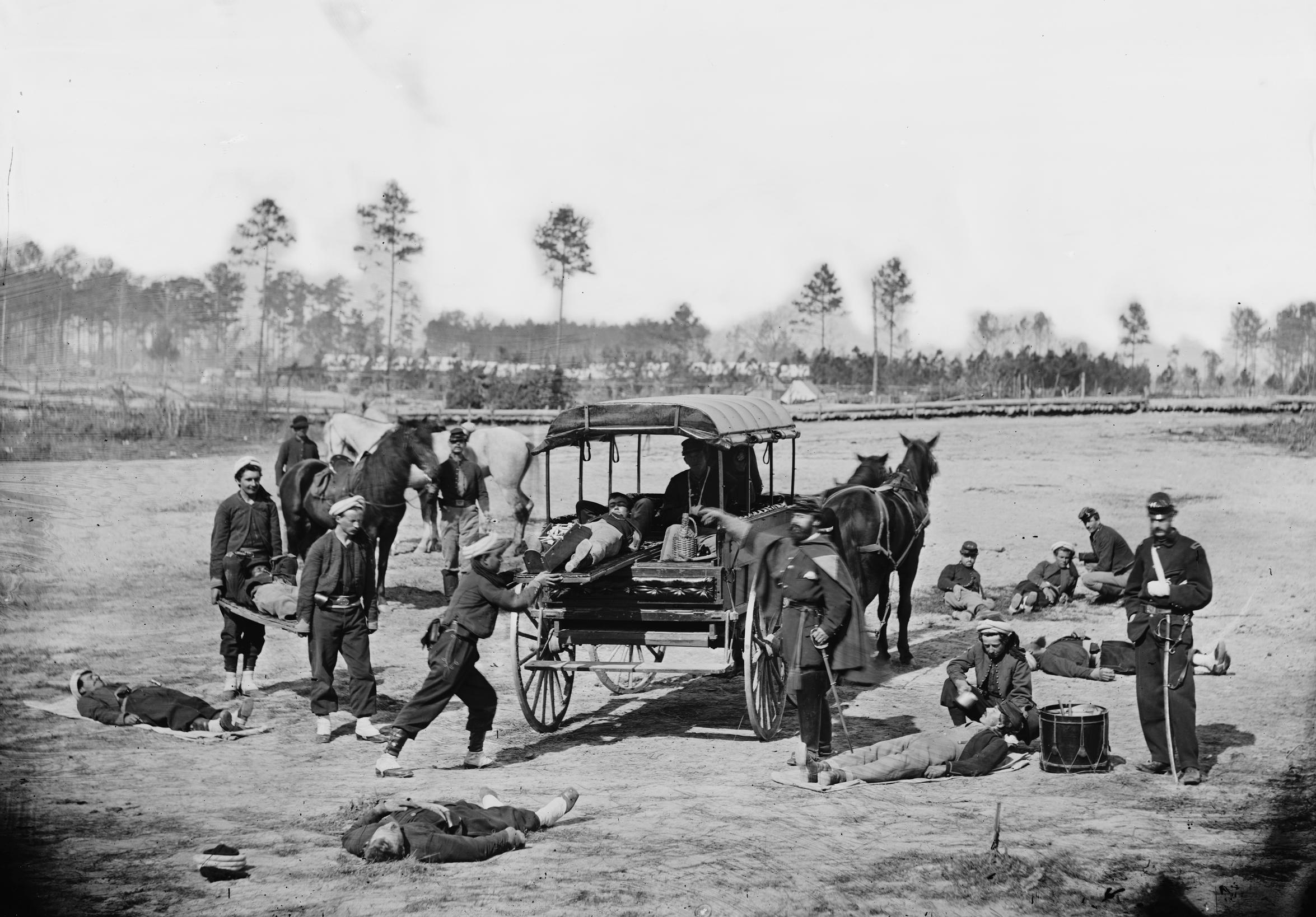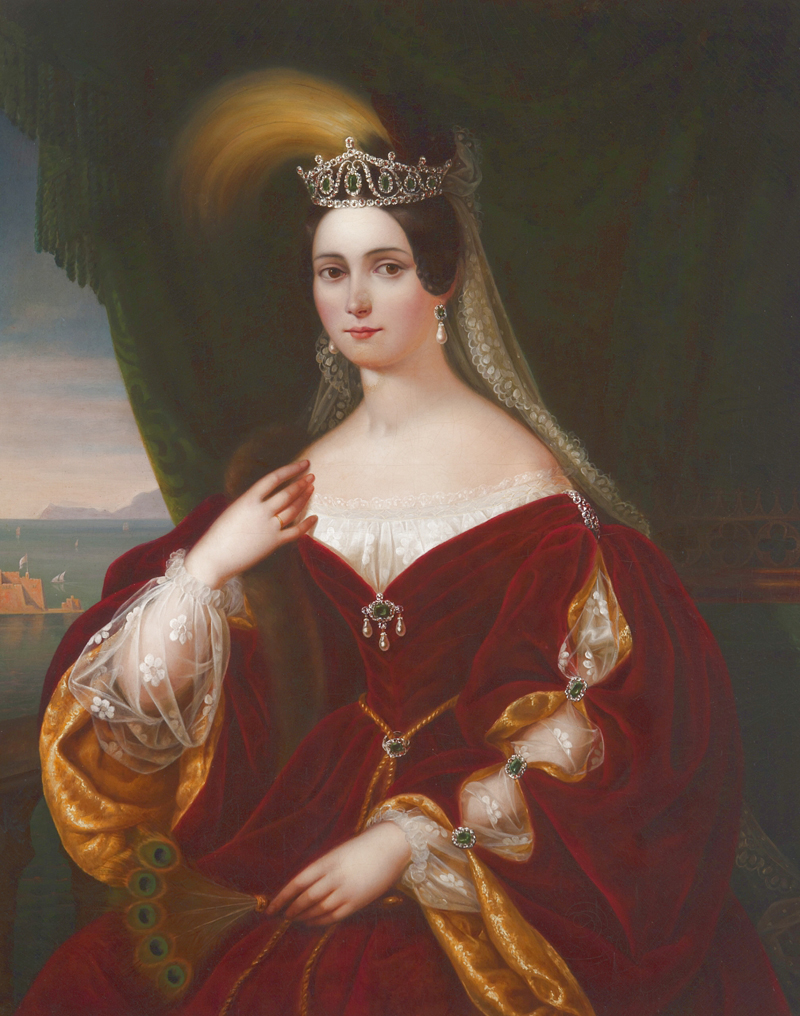Albano is a beautiful lakeside town southeast of Rome, in the midst of the Alban Hills. Its location and elevation have ensured its position as a summer vacation spot. Then as now, anyone who can flee Rome during August does. A continuing testimony to this is the large number of lovely villas dotting Albano and its surroundings. But as is often the case in resort towns, the year-round residents had a great deal of contempt for the summer people.
For economic reasons, many of the populace also displayed envy and hatred toward the aristocracy and higher clergy who summered with them. As a result, Albano had been fertile ground for Garibaldian propaganda….
But in August of 1867, the unthinkable happened: Cholera hit Albano itself. It must be remembered that back then, cholera ranked alongside malaria and yellow fever as one of the chief scourges of cities in warmer areas. It was a relatively new disease, having first emerged about 1830 from Bengal, after which it came to Europe, killing thousands as it progressed. Worse still, there was no known prevention or cure for it. One caught it or not; one survived it or not.
The Sisters of Mercy by Henriette Browne
Its eruption in Albano was a nightmare. Wealthy visitors left or canceled their stays on hearing the news. Civil government collapsed as the mayor and city council fled. Bodies piled up in the streets or rotted in houses. The sick were left to care for themselves and recover if they could. This neglect doomed many who might have recovered otherwise. The archbishop, Cardinal Altieri, was the only public figure who stayed, as did the vacationing (and exiled) royal family of Naples, who took their places beside the Sisters of Charity caring for the sick. Albano was a town waiting to die.

American Zouave ambulance crew
Pius IX ordered in the 6th Company of the 2nd Battalion of the Zouaves. Upon their arrival, the Pope’s soldiers immediately began their work. Some were assigned to dig graves in the cemetery, where, the first night, ninety corpses were brought to them. The remainder spent their time finding and nursing the sick—feeding them, caring for them, and seeing that the dying received the sacraments. In the stifling heat, with the odor of death and excrement all round, it must have seemed like a chamber of hell. Cardinal Altieri, the Queen Mother of Naples, and her youngest son, Don Gennaro, caught the disease and died, as did two Dutch Zouaves.

Portrait of Maria Theresa of Austria-Teschen (1816-1867), queen of the Two Sicilies
Charles A. Coulombe, The Pope’s Legion: The Multinational Fighting Force that Defended the Vatican (New York: Palgrave MacMillan, 2008), pp. 119-120.

No comments:
Post a Comment